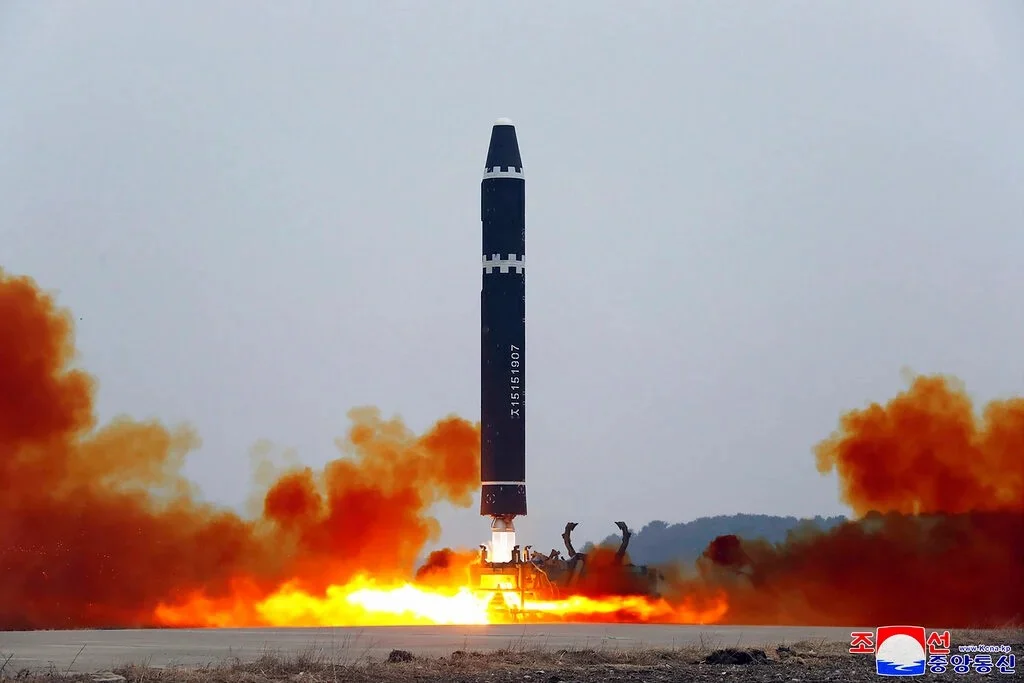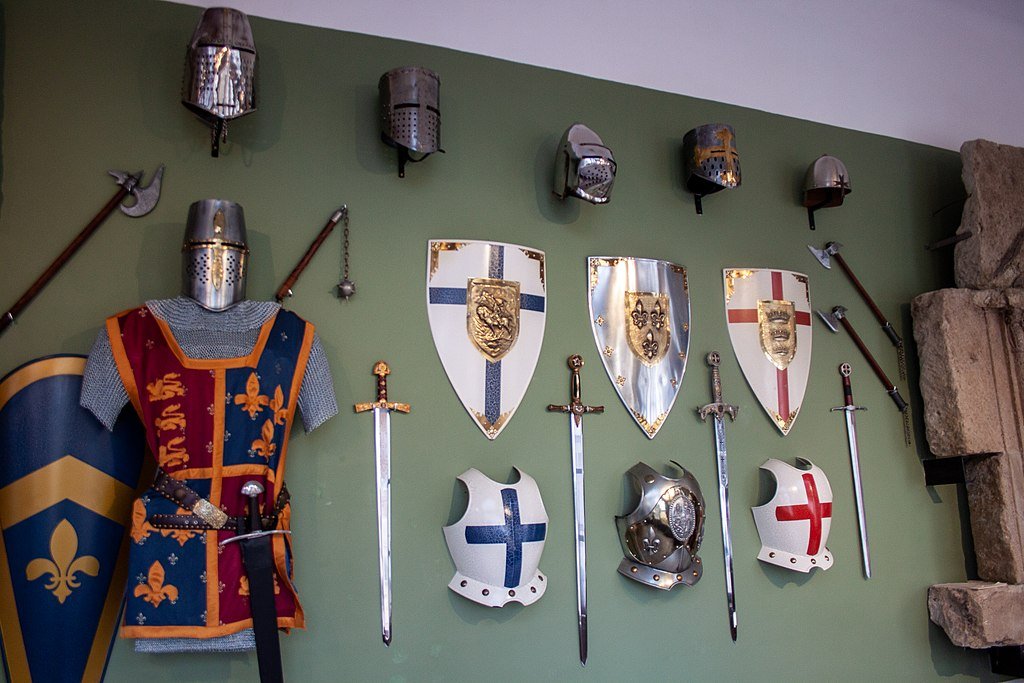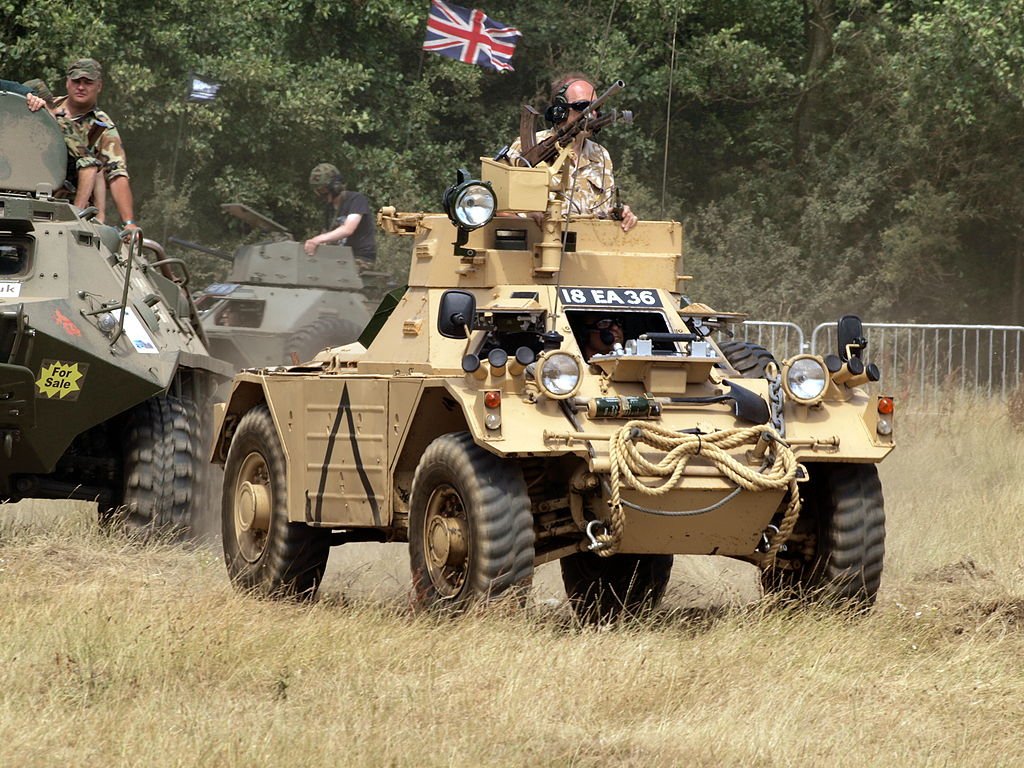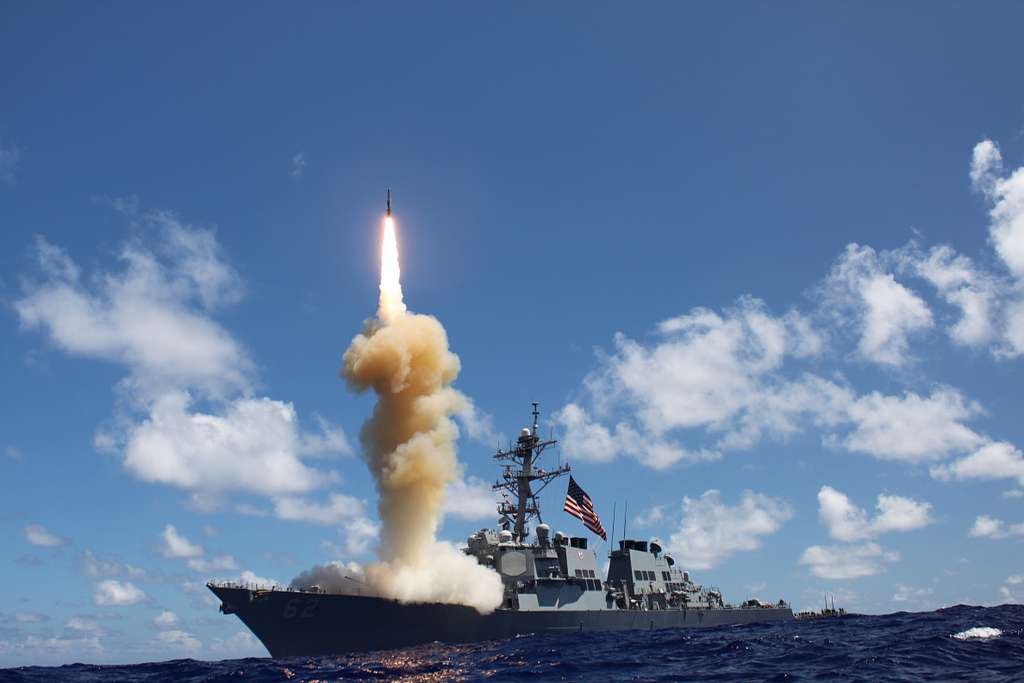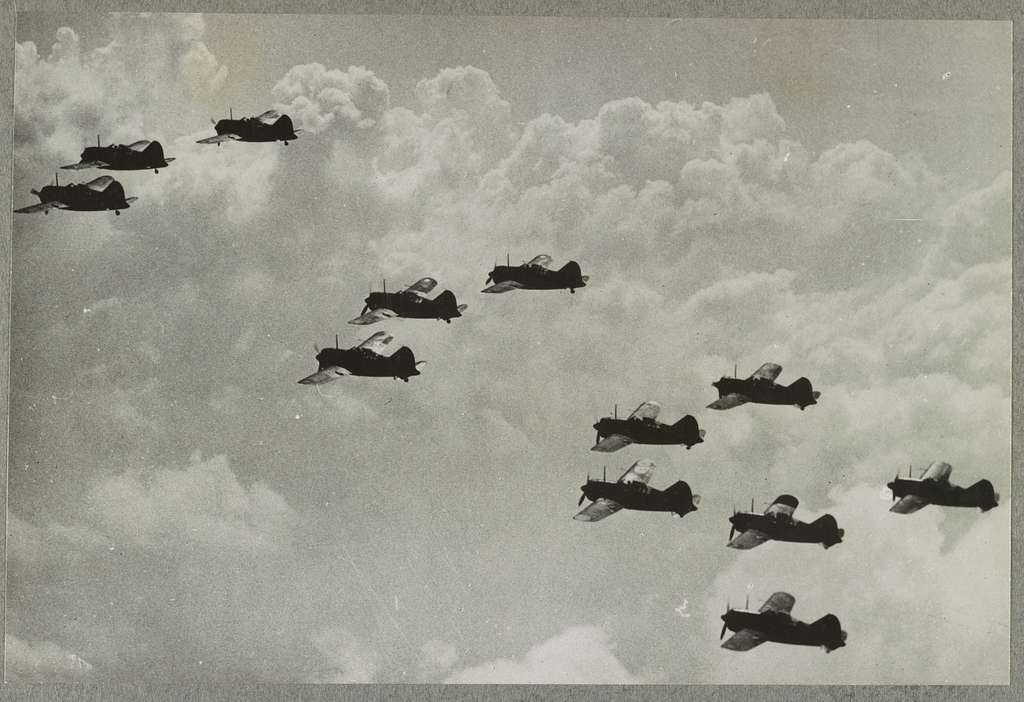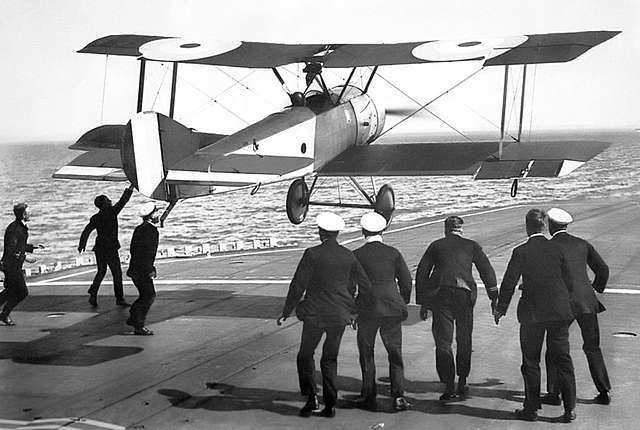In the annals of military history, the medieval era stands as a crucible of innovation and ingenuity in the realm of siege warfare. The medieval period, spanning from the 5th to the 15th century, bore witness to a remarkable array of siege weapons, which revolutionized the art of besieging fortresses and castles. These formidable instruments of destruction were pivotal in breaching fortified walls, subduing enemy strongholds, and shaping the outcome of battles.
Among the most iconic and ingenious of these siege weapons were the trebuchet and the arblast, each embodying distinctive mechanisms and tactical advantages that defined medieval warfare. The trebuchet, with its towering presence and devastating power, remains an enduring symbol of siege warfare. Employing a counterweight system, this colossal catapult flung projectiles of significant mass – be it stones, barrels filled with projectiles, or even repulsive payloads like diseased animal carcasses – across formidable distances. Its ability to hurl heavy objects with precision made it a fearsome and strategic weapon for breaching fortifications.
In contrast, the arblast, commonly known as the siege crossbow, presented a more portable yet equally lethal solution in the medieval siege arsenal. Mounted on stands or frames, the arblast was a heavy crossbow engineered to shoot large bolts or arrows with formidable force. Its accuracy and piercing capabilities made it a favored choice for besiegers seeking to target specific points in fortifications or engage defenders from a distance.
These siege weapons were not merely instruments of destruction but embodiments of medieval engineering prowess and tactical understanding. The art of siege warfare evolved as these ingenious machines were refined and employed, altering the dynamics of conflict and influencing the strategies of both attackers and defenders on the medieval battlefield. As we delve deeper into the history of these remarkable instruments, the tales of siege warfare reveal the intricate interplay of innovation, strategy, and the relentless pursuit of military supremacy.
Table of Contents
What were the siege machines in the Middle Ages?
In the Middle Ages, a range of formidable siege machines was employed to breach fortified structures and conquer enemy-held territories. These siege engines were diverse in design and function, each serving a specific purpose on the battlefield. Among the notable siege machines were trebuchets, powerful catapults utilizing a counterweight mechanism to launch massive projectiles, rocks, or other destructive payloads at enemy walls or defenders. Mangonels and ballistae, different types of catapults, hurled stones or bolts with considerable force, while ballistae, resembling giant crossbows, were adept at shooting bolts or arrows to pierce through fortifications.
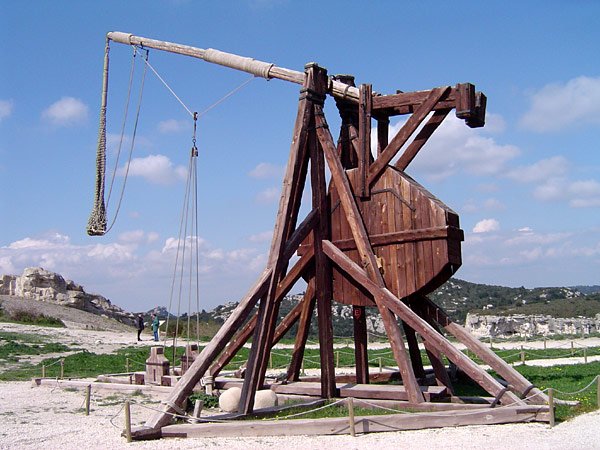
Battering rams, enormous beams typically adorned with a metal head or ram-shaped tip, were used to pound against castle gates or walls, aiming to weaken and breach defensive structures. Siege towers, towering wooden structures on wheels or sleds, allowed attackers to approach walls and engage defenders at elevated positions, facilitating entry into enemy strongholds.
Additionally, siege crossbows, known as arblasts, were heavy-duty crossbows mounted on frames designed to shoot large projectiles accurately and with significant force.
These ingenious siege machines revolutionized warfare in the Middle Ages, playing pivotal roles in sieges, battles, and the evolution of military tactics, enabling attackers to overcome fortified defenses and lay siege to enemy territories.
What is the most famous medieval weapon?
The most famous medieval weapon, arguably, is the longbow. Its notoriety stems from its pivotal role in several historical battles and its widespread use during the medieval period. Originating in Wales and England, the longbow was a powerful ranged weapon crafted from yew or other sturdy woods. Its design enabled archers to fire arrows with remarkable accuracy, force, and range, capable of penetrating armor and causing devastating casualties on the battlefield.
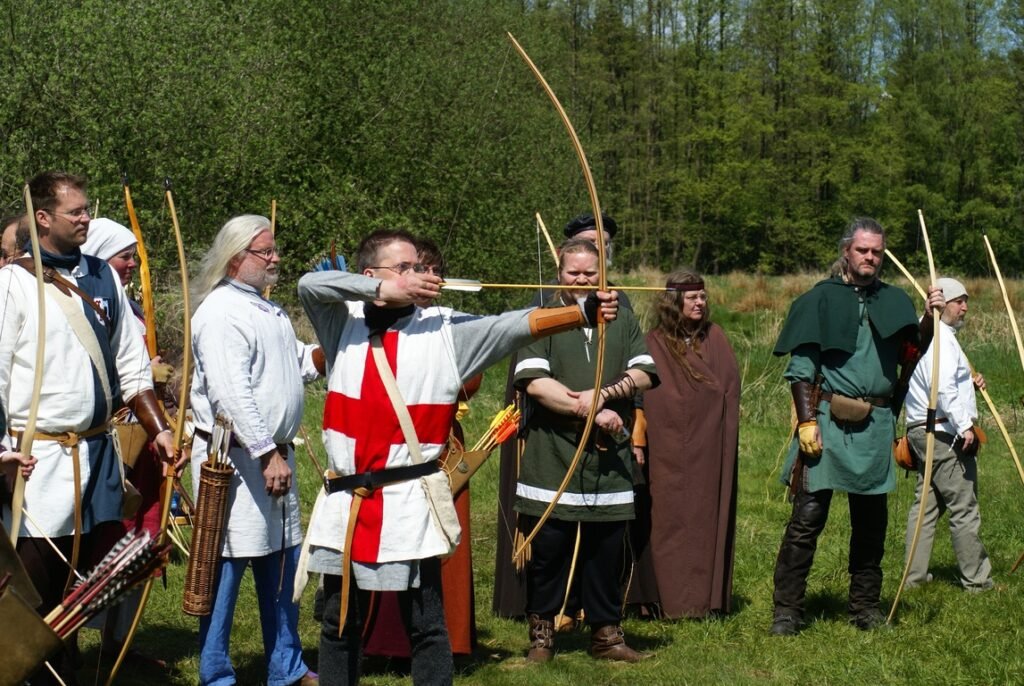
The Battle of Agincourt in 1415 during the Hundred Years’ War stands as a defining moment for the longbow’s fame. English longbowmen played a crucial role in securing an unlikely victory against the French army, mainly due to their proficiency in archery. The longbow’s effectiveness in the hands of skilled archers provided a significant advantage, allowing the English to decimate the heavily armored French knights from a distance.
Beyond Agincourt, the longbow’s reputation persisted due to its widespread use in various conflicts throughout Europe during the Middle Ages. Its impact extended to military tactics, emphasizing the importance of ranged warfare and influencing the structure of armies.
The longbow’s historical significance, battlefield prowess, and cultural impact solidify its status as one of the most renowned and iconic weapons of the medieval period.
6 of the most ingenious medieval siege weapons
Medieval warfare saw the development of various ingenious siege weapons designed to breach fortifications and conquer enemy strongholds. Here are six of the most notable siege engines from the medieval era:
Trebuchet
The trebuchet stands as one of history’s most formidable siege weapons, epitomizing medieval engineering prowess. Operating on the fundamental principles of leverage and counterweights, this colossal catapult was a formidable force on the battlefield. Towering in size and intricacy, it was capable of launching a variety of projectiles with tremendous force and accuracy, targeting enemy fortifications from a distance.

At the core of its design lay the ingenious use of a counterweight system. The trebuchet consisted of a long pivoted arm with a sling attached to one end and a heavy counterbalance on the other. Soldiers meticulously loaded the sling with an assortment of ammunition, ranging from massive stones to barrels filled with projectiles or even grim payloads like diseased animal carcasses, aiming to instill fear and disease within enemy walls.
The release of the counterweight, often achieved by dropping it from a raised position, induced a swift rotation of the arm. This motion flung the sling and its cargo forward, hurtling through the air to devastate fortifications or strike fear into the hearts of defenders. With its exceptional range and destructive potential, the trebuchet was a symbol of both terror and strategic superiority during medieval sieges, leaving an indelible mark on the annals of warfare.
Mangonel
The mangonel, a formidable medieval siege engine, stood as a precursor to the trebuchet, wielding significant destructive power against fortifications. Its design is centered on torsion, utilizing tightly wound ropes or sinew to generate formidable kinetic energy. This energy was harnessed to propel stones, barrels, or various projectiles towards enemy defenses or personnel.
Functionally, the mangonel operated on a straightforward yet ingenious mechanism. A long wooden arm resembling an oversized spoon held the projectile at one end while the other end was affixed to twisted ropes or sinew. Soldiers would pull down the arm, increasing the tension in these ropes. Once the pressure reached its zenith, the arm was released abruptly. The stored energy would snap the arm forward, hurtling the projectile through the air with remarkable force and velocity. This method allowed for the launch of heavy projectiles over considerable distances, enabling attackers to target specific sections of fortifications or breach defensive walls.
The mangonel’s accuracy and power made it a valuable asset during sieges, capable of inflicting significant damage upon fortresses and impacting defensive strategies. Its legacy endures as a testament to medieval engineering prowess, showcasing the innovation and effectiveness of siege weaponry in the historical context of warfare.
Ballista
The ballista, a formidable siege weapon in medieval warfare, bore a striking resemblance to a colossal crossbow. Crafted with precision, it was engineered to launch bolts or large arrows with astonishing speed and force. Its design focused on propulsion through tension, utilizing twisted ropes or sinew to generate immense energy. This mechanism, when released, propelled projectiles at high velocities, capable of piercing through enemy defenses with exceptional accuracy.

One of the ballista’s primary strengths lay in its ability to breach formidable fortifications and wooden barriers. Its powerful projectiles could penetrate thick walls, causing substantial damage and chaos within enemy strongholds. Its impact on siege warfare was profound, as it provided attacking forces with a versatile and devastating tool for dismantling the protective structures of their adversaries.
This siege engine’s efficiency extended beyond raw power; its precision and range made it a strategic asset on the battlefield. Skilled operators could target specific points on fortifications, creating breaches or weakening defenses systematically. The ballista’s reputation as a fearsome weapon of destruction persisted throughout the medieval period, earning its place as a cornerstone of siege warfare and a testament to ingenious medieval engineering.
Battering Ram
Battering rams represented an integral component of medieval siege warfare, serving as formidable tools for breaching fortified structures. These siege engines were imposing in size, typically constructed from hefty beams, often hewn from sturdy tree trunks. Featuring a distinctive metal head or tip, often crafted to resemble a ram’s head. These rams were painstakingly designed to deliver powerful blows to castle gates or walls.
Operated by soldiers positioned under a moveable protective roof or shield, the battering ram’s effectiveness lay in its coordinated, rhythmic swings or thrusts against the targeted fortification. This systematic approach aimed to weaken the defensive structures over time, gradually undermining their integrity through repeated impacts. Additionally, some rams were equipped with wheels or rollers to enhance mobility, enabling them to be maneuvered closer to the desired target.
The strategic use of battering rams was a testament to medieval engineering and tactical warfare, demanding meticulous planning and teamwork. These siege engines played a pivotal role in sieges, applying immense pressure on the enemy’s defenses and creating breaches that allowed assaulting forces to enter into otherwise impregnable fortifications. The battering ram remains a testament to the ingenuity and resourcefulness of medieval military technology, leaving an indelible mark on the history of warfare.
Siege Tower
A siege tower, a formidable instrument of medieval warfare, epitomized ingenious engineering to breach enemy fortifications. Crafted as a multi-story, mobile wooden structure, its primary purpose was to maneuver closer to the enemy walls during a siege. Towering over defensive barriers, these structures served as moving platforms from which soldiers could launch assaults upon the fortress walls.
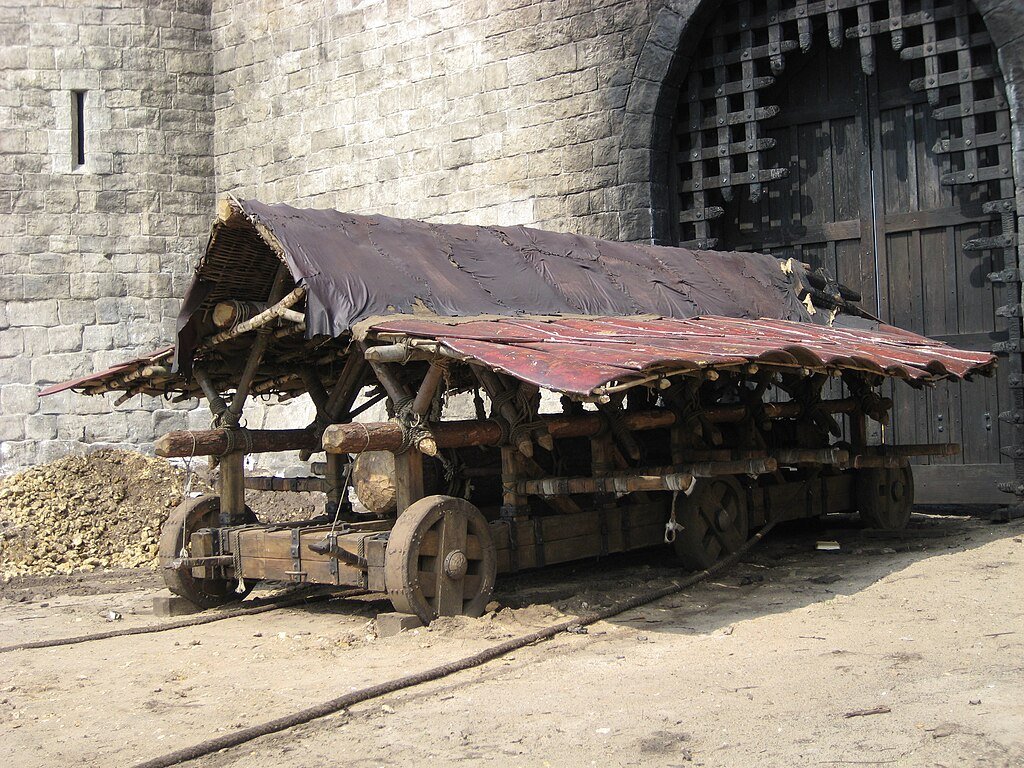
The tower’s mobility enabled soldiers to access elevated positions, creating a tactical advantage by bringing them to the same height as the defending forces. This elevation negated the defenders’ advantage of height and cover, allowing attackers to engage in direct combat or use ranged weaponry to confront those defending the battlements.
Furthermore, the tower’s multiple stories accommodated numerous soldiers, providing a substantial force capable of overwhelming defenders atop the walls. Archers, spearmen, and other assailants stationed within the tower used it as a vantage point to rain down arrows, stones, or other projectiles upon the fort’s defenders, weakening their resistance.
The siege tower fundamentally changed the dynamics of a siege, offering a means to breach formidable walls and overwhelm the defensive advantages of height and positioning. Its mobility and strategic positioning allowed attacking forces to challenge and breach the fortifications, marking it as a pivotal component of medieval siege warfare.
Siege Crossbow (Arblast)
The siege crossbow, known as the arbalest or arblast, emerged in medieval warfare as a potent weapon capable of delivering devastating force. Unlike handheld crossbows, the siege crossbow was a larger variant, mounted on a sturdy stand or frame to provide stability and increased power. Its design allowed for the launching of larger bolts or arrows with incredible force, making it a formidable instrument on the battlefield.

Engineered to pierce through fortified structures and heavy armor, the siege crossbow boasted a robust draw weight, enabling it to propel projectiles over longer distances and with greater accuracy. The immense kinetic energy generated by the tensioned bow limbs, combined with the heavy bolts or arrows, provided the necessary momentum to penetrate thick walls or armor plating.
Due to its formidable strength and ability to breach defenses, the siege crossbow became a crucial asset during sieges. It played a significant role in undermining the fortifications of enemy strongholds, effectively neutralizing defenders, and creating openings for invading forces. Its devastating impact made it a feared weapon, both for its destructive capabilities against fortifications and its ability to pierce through the protective armor of opposing soldiers.
The siege crossbow’s strategic importance in medieval warfare underscored the significance of advancements in engineering and weapon design, solidifying its place as an ingenious and formidable siege weapon of its time.
Siege weapons were pivotal in medieval warfare, boasting distinct designs and capabilities that proved indispensable in breaching fortified defenses and besieging enemy strongholds. Trebuchets, with their counterweight system, hurled massive projectiles, while mangonels utilized tension to launch stones with remarkable force. Ballistae, akin to giant crossbows, targeted walls and defenders with high-speed projectiles. Battering rams relentlessly pounded gates and walls, weakening them over time.
The siege tower provided a mobile platform for assaulting elevated positions, granting soldiers access to fortifications. Siege crossbows, mounted on frames, delivered formidable penetrating power against both defenses and armor. These ingenious creations reshaped warfare strategies, allowing attackers to challenge seemingly impenetrable fortifications. The utilization of such weaponry marked a turning point in military tactics, demonstrating the significance of engineering innovation and strategic prowess in medieval conflicts.


